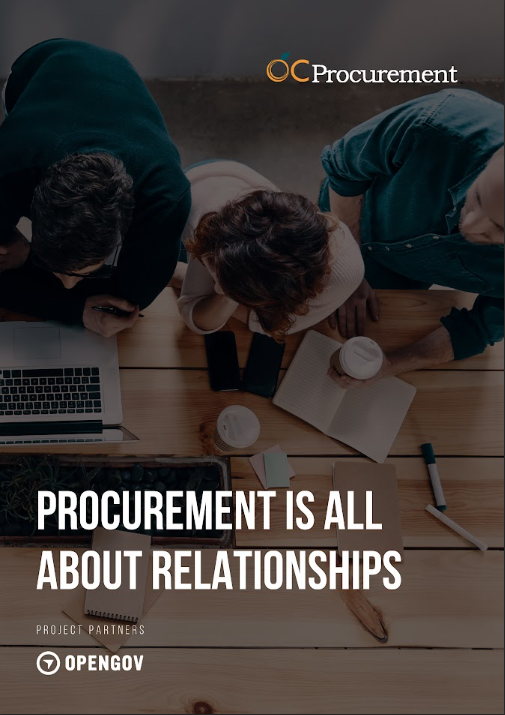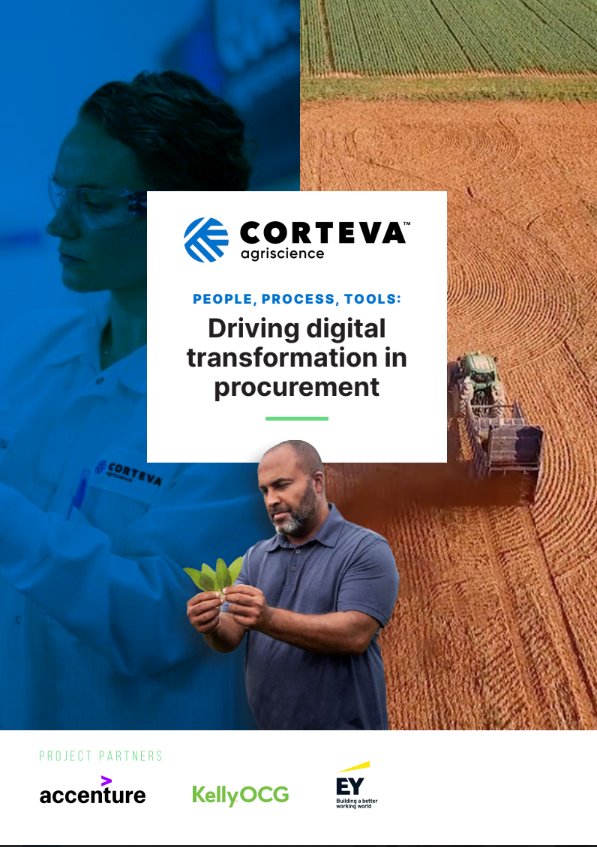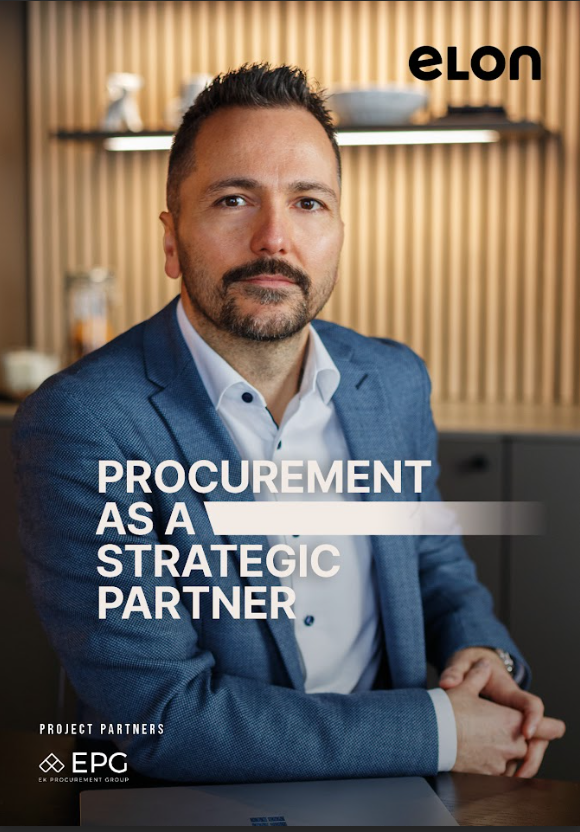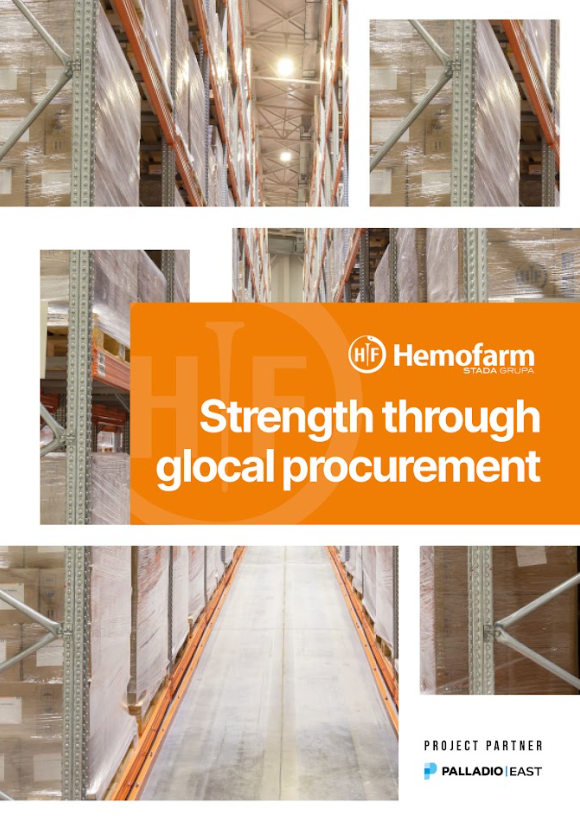Philips is a leading Netherlands-based health technology company, improving people’s health and well-being through meaningful innovation. To achieve the company’s aim to improve 2.5 billion lives per year by 2030, Philips has been through a major transformation in the past decade. Besides overhauling the business, the functions – including indirect procurement – also needed to adapt.
A major recent step for Philips has been casting aside traditional indirect procurement and implementing a new-and-exciting approach under the umbrella of Spend Management.
Alexander Visser is the Leader of Spend Management, and the architect of this change. His first step was defining exactly what this venture should be – particularly in the context of the common narrative of procurement. “The common narrative is that indirect procurement is about optimising price, and people think it disregards elements like quality,” he explains. “So we wrote a white paper on the role we believed Spend Management should play.”

The four pillars
There were four key elements that needed addressing at Philips, from a transformational perspective: demand management, justification of demand, execution, and closing the P&L loop.
As a first step, he and his team started to create spend visibility and link it to the P&L. “We started with the basics such as taxonomy and aligned it with the finance function. We focused on correctness and completeness and brought it all under Spend Management.”
Creating joint strategies with stakeholders
Previously, the teams were struggling due to the need for them to constantly multi-task as a result of the wide range of end-to-end activities performed, including significant administration. “It was highly ineffective because if you are a procurement professional, you need to be able to challenge your own domain,” explains Visser. “Also, if you want to focus on world-class execution with your supplier, and there’s the burden of administration, you struggle to spend time on what really matters. These elements were weakening each other, so we designed an organisation with a dedicated cost category team focused on creating breakthrough strategies. They don’t have dependency on stakeholders or suppliers – they’re independent. And we’ve seen some really good outcomes.”
A strategic category sourcing organisation has also been imple-mented, which focuses only on Philips’s strategic suppliers. “We really want to give dedicated attention to managing the performance of those suppliers throughout the whole life cycle of the contract” says Visser.
Providing insights, not data
Most procurement organisations invest in data management, however the Philips team recognised that data alone is not sufficient, so they set up a dedicated team to execute their digital strategy. “It’s becoming more important than ever to equip business leaders with the right insights to guide their decision-making as globalisation and digitalisation are redesigning value chains at accelerating pace,” says Visser. “We’re building the infrastructure to unlock that, category-by-category.”
Finding the right talent
There was also a conscious choice when it came to picking the right leaders to create the team. The leadership team for Spend Management is diverse, both in gender and background, with some of the key roles filled by leaders that don’t have procurement backgrounds but are experienced business profes-sionals. “The people we’re bringing in create an additional level of productivity,” Visser explains. “It’s not just about better negotiating – it’s understanding the business, influencing demand, and if needed, even changing the operating model to deliver value to the company.”
Procurement as a business partner
So procurement is making its next steps in becoming more of a strategic business partner – how is this transformation going to help Philips in the long-run? Visser states: “As we are moving away from the perception of being a traditional procurement organisation, we ask exactly this question with every step in our journey. Spend management is about having the right spend strategy that enables the business to successfully execute their strategy. And continue to optimise the approach from all spend manag-ement angles, not only price.”
Creating value
One of the people driving this project from the beginning is Alwin Tulner, responsible for the strategy of Spend Management and in charge of digitisation and performance. For the majority of his time with Philips, Tulner has been in finance, but eventually shifted to procurement.
“I realised we were speaking a different language between finance and procurement. We wanted to bridge that. So, we started harmonising the language.” Harmonisation was one of the first steps for Spend Management. With that in place, teams are able to communicate better, set shared objectives, and create value.
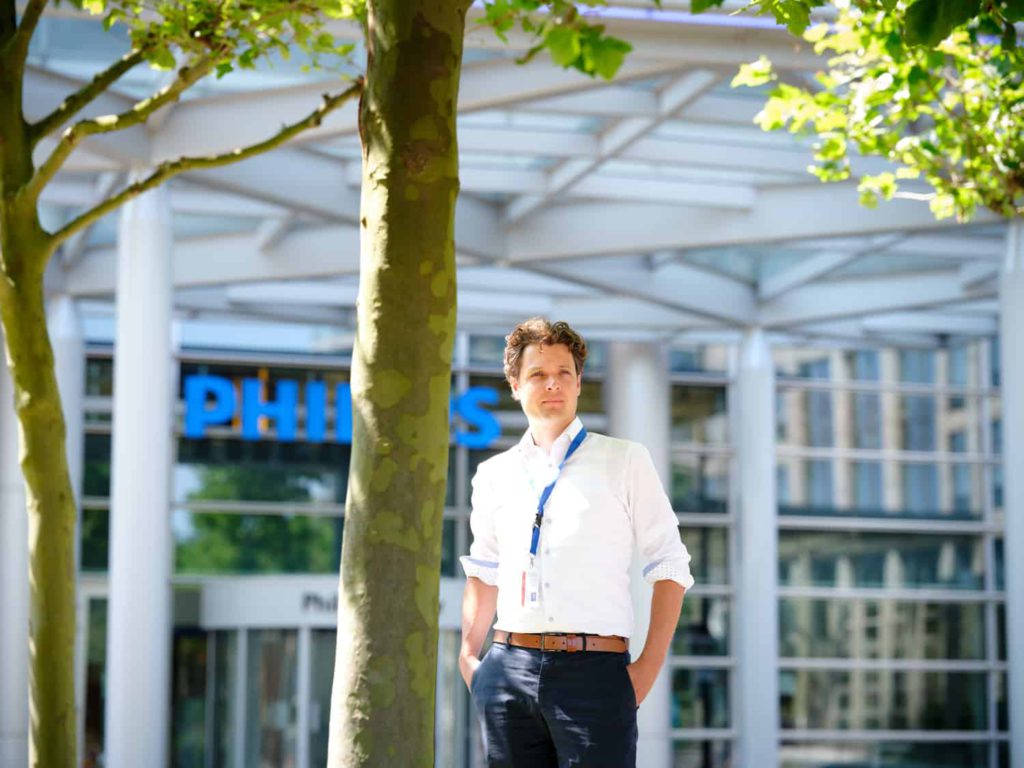
Spend Management as information broker
Data is the fuel for digital procurement. This is the exciting part for Tulner: “We need a mindset where spend decisions reflect what spend should be today and tomorrow, not just what they were in the past. It takes a forward-looking approach to demand planning and decision making,” he says. “You can’t stop with finance. Indirect procurement demand comes from the businesses and functions, so you need to start harmonising the language you use across the enterprise.”
Internal collaboration is an essential focus point to maximise value, and that’s where the premise of digitisation came in. “To realise the ‘one source of truth’ idea in practice, we created a data fabric based on our shared taxonomy, which is embedded into our enterprise data landscape,” Tulner explains. “This allowed us to merge information from many separate but relatable data sources, to create a holistic view across the value chain. This enables transparency and trust.”
For Tulner and his team, understanding and distributing data is as crucial as collecting it. “To generate insights and identify trends and key spend drivers across multi-dimensions, we apply machine learning and other emerging technologies besides the traditional analytical methods. Also, we find it crucial to be able to show the impact in the financial statements as well.”
Tulner’s biggest passion is to create the single source of truth for the company: “By building a spend X-ray infused by common language across the company, indirect procurement can fulfil its role as an information broker, allowing it to live up to the aspiration as a value chain orchestrator.”
New perspectives
For Bettina Peck, Cost Category Lead for the Commercial and People Cluster, Spend Management was already underway when she joined the team. Right from the start, the project captured her imagination. “I was very intrigued by it – being part of a transformation, changing the operating model by creating strategic and sourcing teams, focus on value creation rather only cost cutting, I thought, ‘that’s amazing, I want to be part of that journey’. And with the experience I have of different strategic roles as well as having been a business leader with P&L responsibility, I knew I could bring in a different perspective.”
Strategy, by Peck’s own admission, is sometimes pushed to the background and it’s easy to lose sight of the bigger picture. But for Spend Management, strategy has to go hand-in-hand with sourcing. “My team has a dedicated focus on strategy,” says Peck. “We bring in outside-in view, look at market trends and work together closely with the functions, listen to their needs and then translate these insides to a joint strategic approach. We also have the breathing space to execute the strategy. In collaboration with the sourcing teams, we then can negotiate and make the projects happen. It’s not a siloed function, and as teams we work very closely together.”
Philips’s purpose is to improve people’s health and well-being through meaningful innovation. That’s the vision Peck and her team are working towards. “It’s not only about cost-saving anymore – it’s also the quality aspect, and value creation.”

Championing diversity
From Peck’s perspective, the biggest challenge is people. Phillips values a diverse and inclusive workplace – a big focus for Peck – and an important part of this transformation is getting the right people in the right places. “The team has been transformed dramatically. We are building the organisation from scratch and finding the right people to join us on that journey takes time.”
Being present where the business is
Based in Nashville, Zoë Singleton also found the transformation too exciting to not be involved in, because Spend Management really is changing the face of procurement. “If you ask procurement people, ‘what is wrong with most procurement organisations?’ you will hear the same themes coming up: siloed, too late in the process, perceived as only interested in costs. The Spend Management ethos addresses those topics head on,” she explains. “It’s really exciting to be part of. To be successful, obviously, there’s a lot of capability-building that we all need to do and new skills to acquire – listening to our stakeholders being one of the most important.”
Singleton’s team is responsible for the North American and Latin market, as well as a number of the businesses that are based within the US. The role of Spend Management, from her perspective, is to really walk the line between function and business, and deeply understand not only the need, but the ‘why?’ behind that need.
“My team is not just responsible for regional commodity markets, but also for the strategic goals and needs of the businesses and markets that we serve. This enables us to create global strategies, that meet the diverse needs of our various businesses and markets, rather than force fitting one-size-fits-all approaches. I think being close to where the action happens gives us the ability to see where we can create opportunities that go across categories, or across businesses/markets. Being able to unlock those opportunities is a real strength of the team and is going to be a big driver of how we create impact.”

Practice makes perfect
While spend management is in its early stages, it is live, and Singleton’s team is operating in that capacity. In her own words, it’s like a muscle – it needs to be worked and practised to build up. “Procurement, over the years, has been very good in controlling spending money. We’re trying to unpick that, and get to the point where we really understand why you want to spend the money, so we can help guide you in the best way and get the most effective use out of that money. We need to go from being a spend ‘blocker’ to a value creator.”
Again, part of the success of Spend Management is its diverse crew. Singleton describes diversity of a leadership team as a ‘natural focus’; this is her first experience of being on such a diverse leadership team, and, therefore, the first time seeing the impact it makes to a group.
“It’s interesting to see how it affects the team, when you have diverse leadership,” she says. “Inclusion is a discussion we all see value in and care about deeply.” Of course, this hugely impacts the culture of the team, because people are able to see the results of their own personal value reflected in what is happening around them.
“In the indirect spend space, people don’t always feel as close to the customer as in other areas of the business, because it’s not as visible; in Spend Management, it’s very visible. The results we’re going to be able to drive will make it very easy for the team to really feel that they are getting recognised and can see how their contributions make a difference.”
Philips has made the first steps to change how indirect procurement is managed at the company. As the procurement function is evolving at Philips, the Spend Management leadership is inspired by the opportunity to make a significant impact on the company and its purpose.


